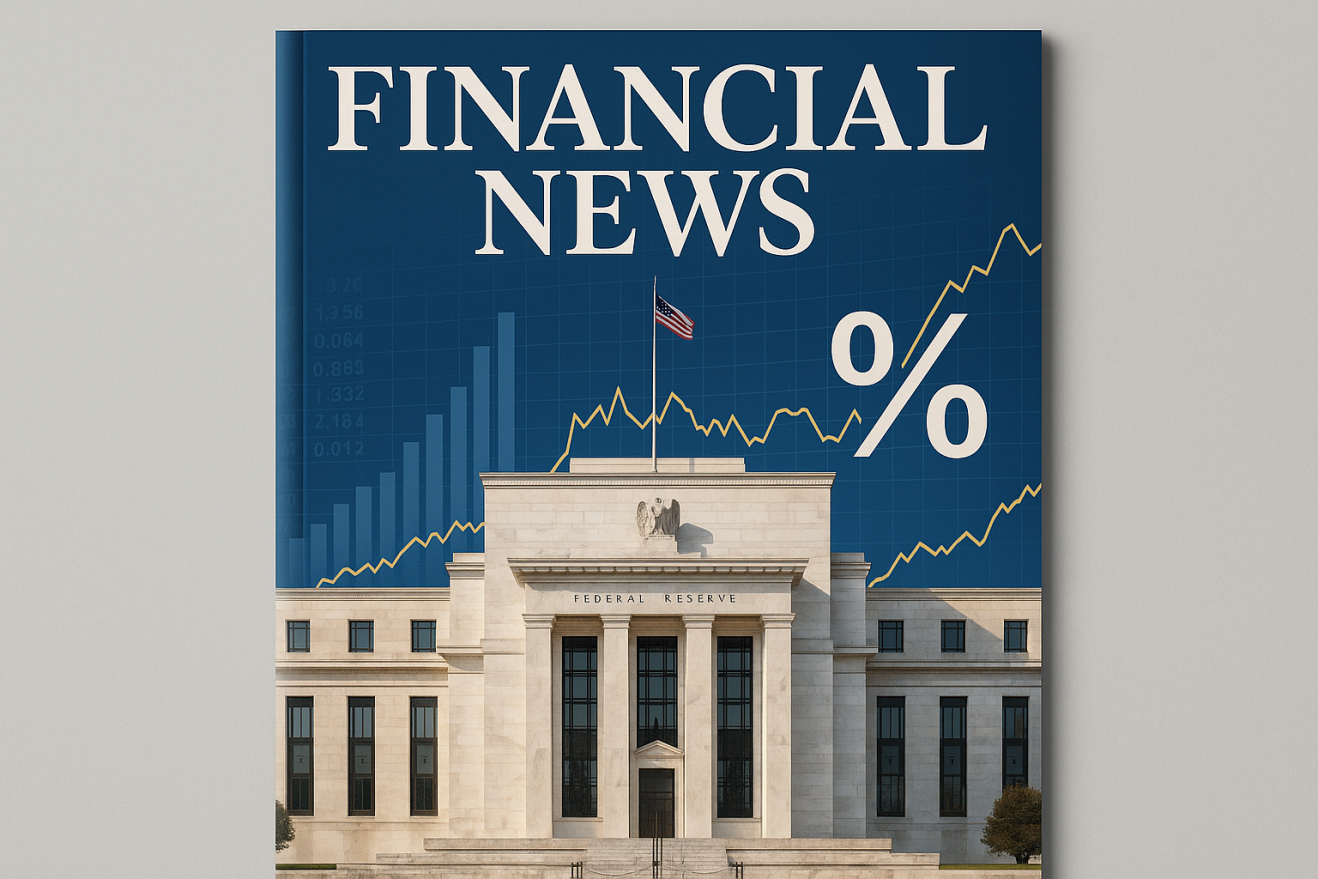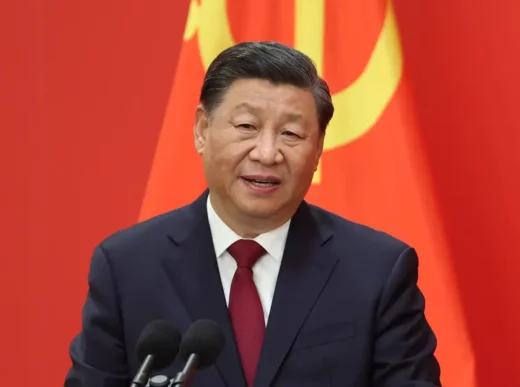The Federal Reserve indicated today that it may consider interest rate cuts in the coming months as economic indicators show mixed signals about the health of the U.S. economy, marking a potential shift in monetary policy that could have far-reaching implications for financial markets and economic growth across multiple sectors.
Fed Chair Jerome Powell, speaking at the prestigious Jackson Hole Economic Symposium, noted that while inflation has shown signs of cooling from its peak levels, concerns about employment levels and consumer spending patterns warrant careful consideration of monetary policy adjustments in the near term.
“We remain committed to our dual mandate of price stability and maximum employment,” Powell stated during his keynote address. “Current economic conditions suggest we may need to recalibrate our approach to ensure continued economic growth while maintaining our commitment to bringing inflation back to our 2% target.”
The announcement comes as financial markets have experienced significant volatility in recent weeks, with investors closely watching for signals about the Fed’s next moves. The Dow Jones Industrial Average and NASDAQ Composite have both shown increased sensitivity to Federal Reserve communications, reflecting the market’s anticipation of potential policy changes.
Economic analysts from major financial institutions, including Goldman Sachs Research and JPMorgan Chase Institute, suggest that rate cuts could provide much-needed stimulus to sectors that have been struggling with higher borrowing costs, particularly real estate, automotive manufacturing, and small business lending operations.
Consumer spending, a key driver of economic growth representing approximately 70% of U.S. GDP according to the Bureau of Economic Analysis, has shown resilience but at a slower pace than previous quarters. Recent data indicates that while consumer expenditures continue to grow, the rate of increase has moderated significantly compared to the robust spending patterns observed throughout 2023 and early 2024.
Housing markets, particularly sensitive to interest rate changes, have experienced notable cooling in several major metropolitan areas including New York, Los Angeles, and Miami. The National Association of Realtors reports that existing home sales have declined for three consecutive months, with mortgage applications falling as potential buyers face affordability challenges due to elevated borrowing costs.
The labor market presents a complex picture, with unemployment rates remaining near historic lows at 3.7%, yet job openings have decreased from their peak levels observed in 2022. The Bureau of Labor Statistics latest Job Openings and Labor Turnover Survey (JOLTS) shows a gradual cooling in labor demand, which some economists interpret as a sign of economic normalization rather than deterioration.
Inflation metrics continue to be a primary focus for Federal Reserve policymakers and economic analysts worldwide. The Consumer Price Index (CPI) has shown consistent month-over-month decreases, falling from a peak of 9.1% in June 2022 to current levels around 3.2%. However, core inflation, which excludes volatile food and energy prices, remains above the Fed’s 2% target, creating a delicate balancing act for monetary policy decisions.
International economic conditions also factor significantly into the Federal Reserve’s considerations. The European Central Bank and Bank of Japan have maintained their own monetary policy stances, with global central bank coordination becoming increasingly important in an interconnected world economy where policy decisions in one region can have cascading effects globally.
Financial sector analysts from institutions such as Morgan Stanley and Bank of America Research anticipate that any rate cuts would likely be gradual and data-dependent, with the Federal Reserve maintaining its commitment to evidence-based policy making. The central bank’s approach reflects lessons learned from previous economic cycles and the importance of maintaining credibility in monetary policy implementation.
The potential for rate cuts has already begun influencing corporate decision-making across various industries, with many companies reassessing their capital expenditure plans and financing strategies. Small and medium-sized enterprises, which have been particularly affected by higher borrowing costs, may benefit significantly from any reduction in interest rates, potentially spurring increased business investment and expansion.
Technology companies, including those in the NASDAQ technology sector, have shown particular sensitivity to interest rate expectations, as their valuations are often based on future cash flows that are more valuable when discount rates are lower. Companies like Apple, Alphabet, and Microsoft have seen their stock prices fluctuate based on Federal Reserve communications.
Looking ahead, the Federal Reserve’s decision will likely influence global markets, as central banks worldwide continue to navigate post-pandemic economic recovery challenges while managing inflationary pressures. The timing and magnitude of any rate adjustments will be closely scrutinized by investors, policymakers, and economists as indicators of the Fed’s confidence in economic stability and growth prospects for the remainder of 2025 and beyond.
















